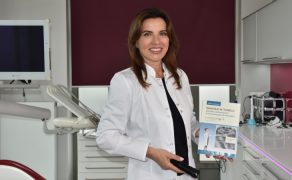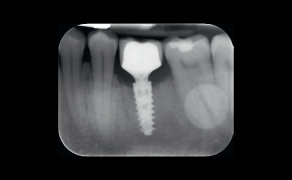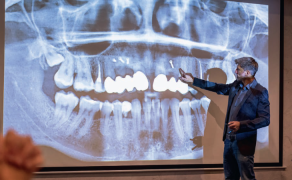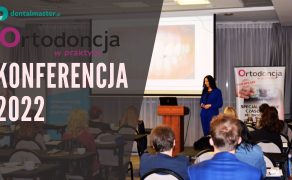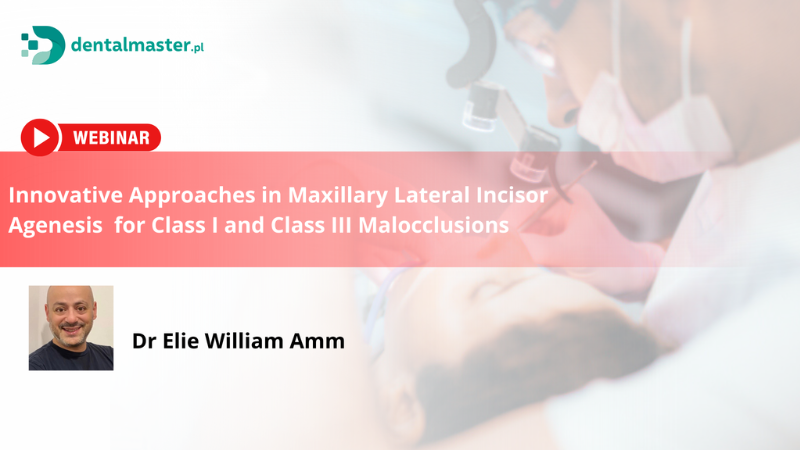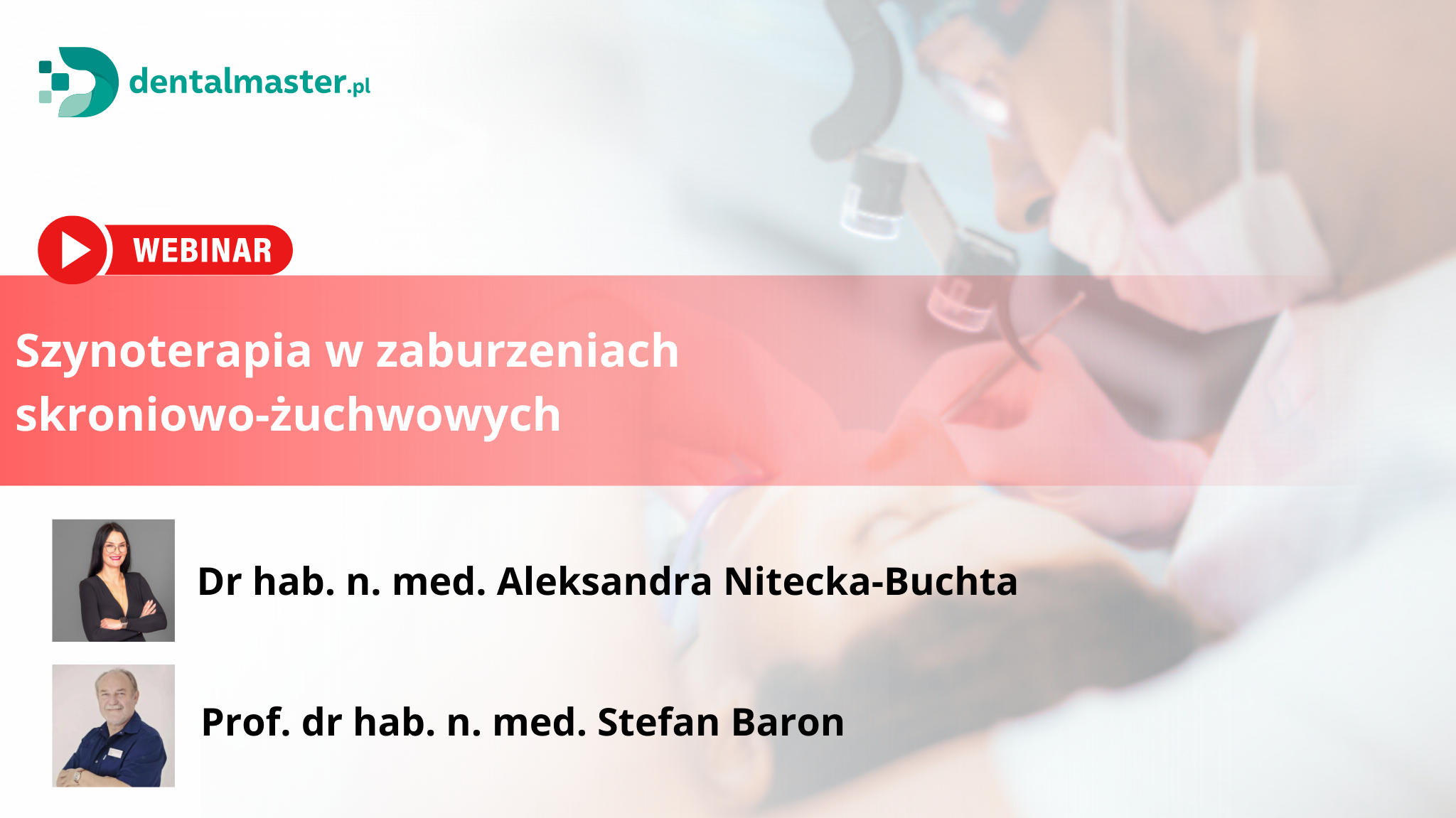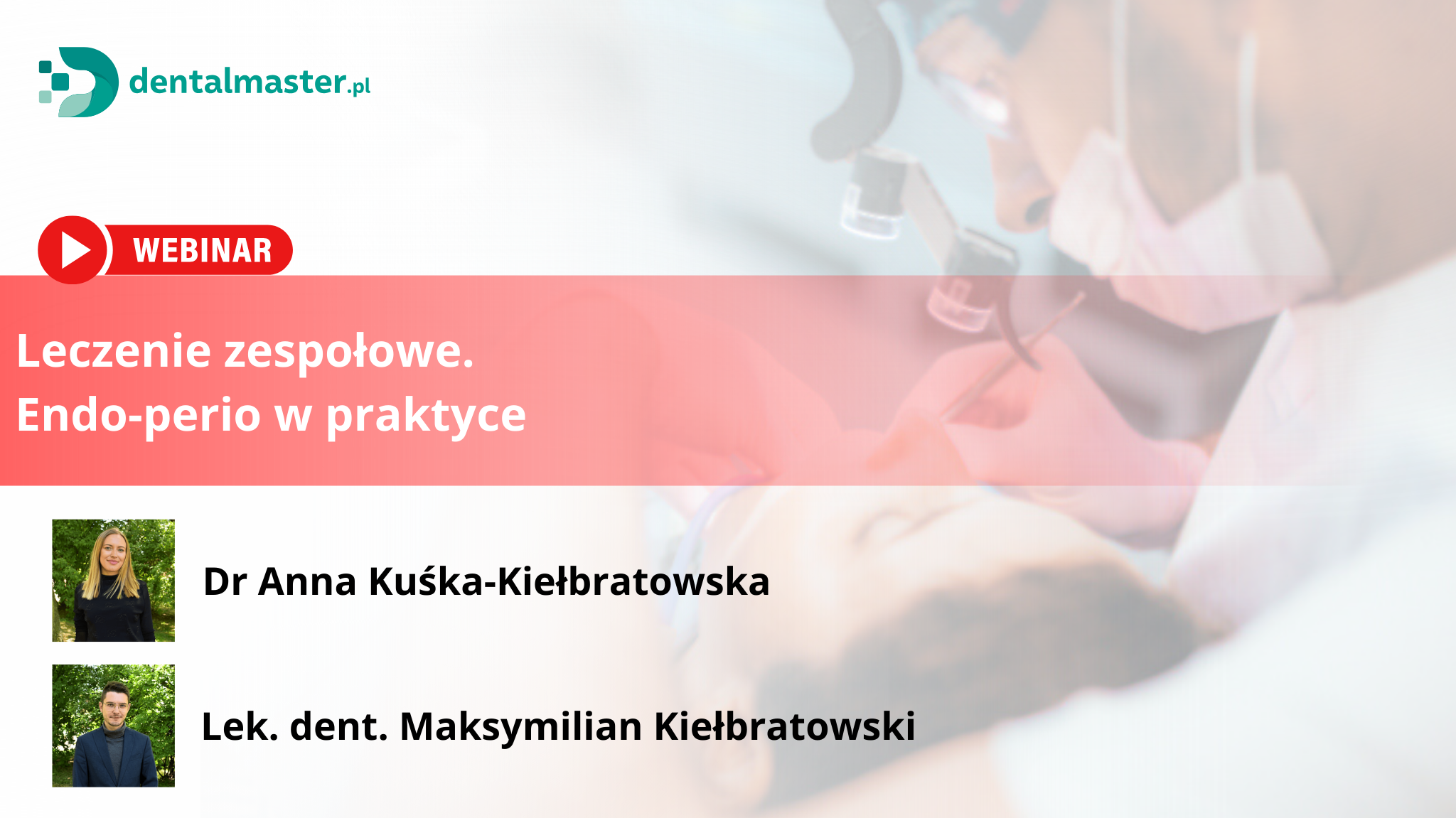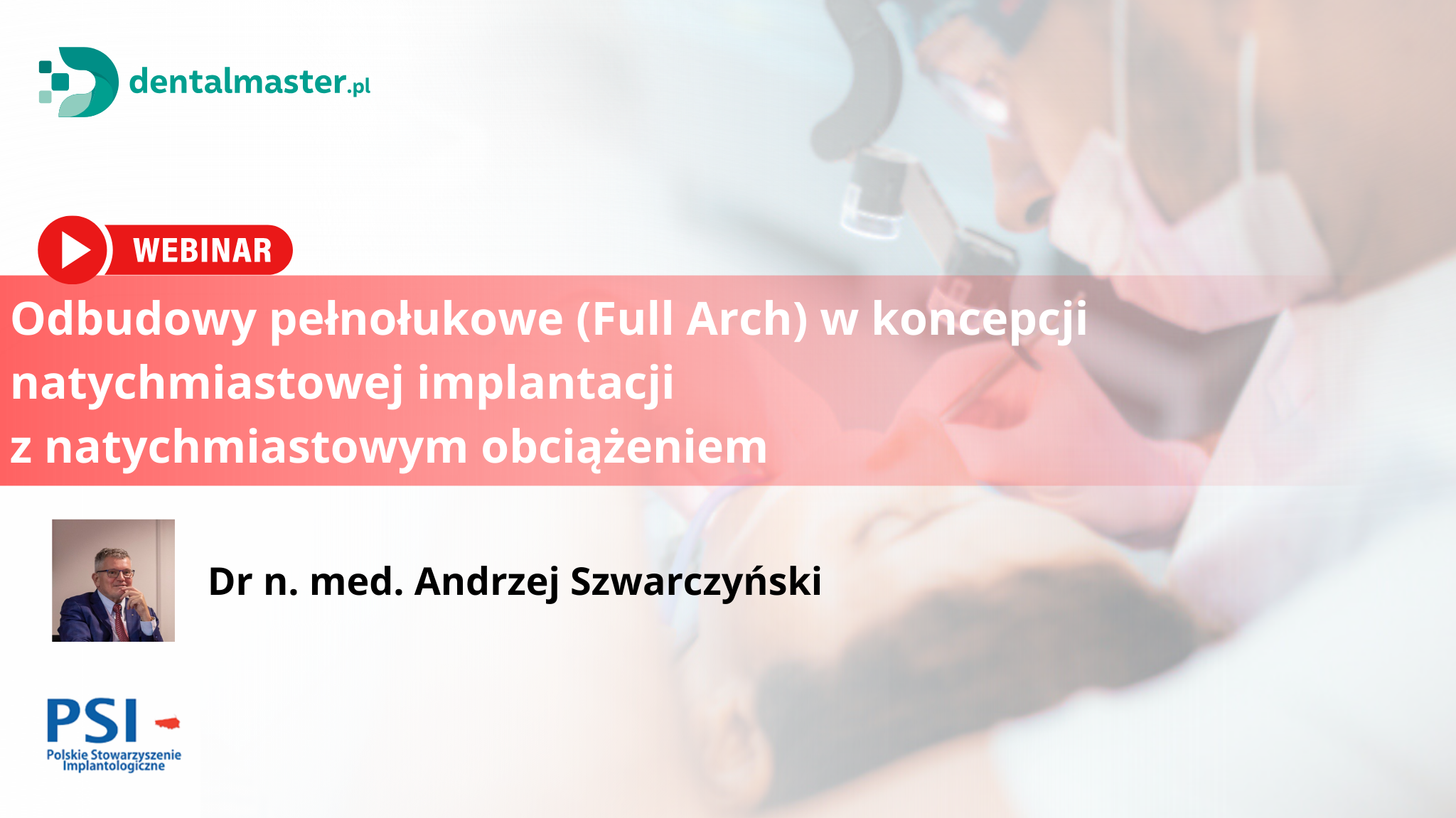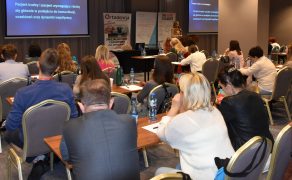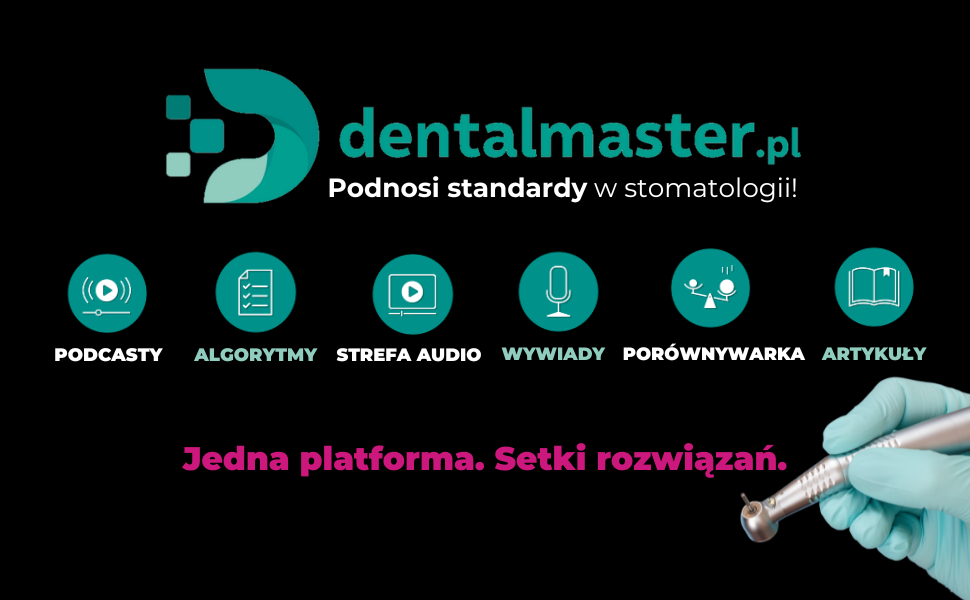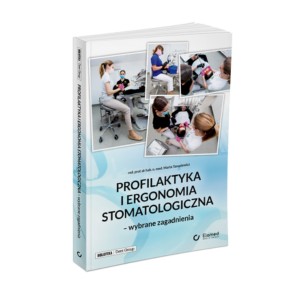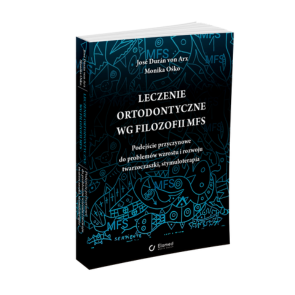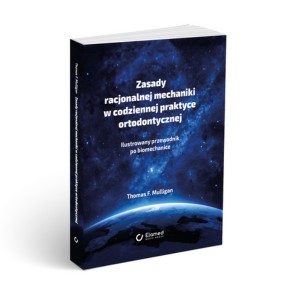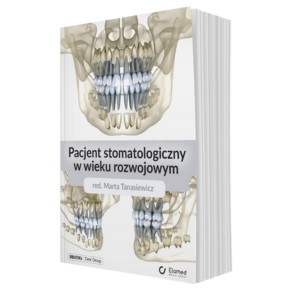Endodontyczne leczenie regeneracyjne zakażonego niedojrzałego zęba wgłobionego, zdiagnozowanego za pomocą tomografii wiązki stożkowej
In the early 1960s, Ostby, a pioneer of regenerative endodontic procedures, demonstrated that new vascularized tissue could be induced in the apical third of the root canal of endodontically treated mature teeth with necrotic pulps and apical lesions. This was achieved by the creation of a blood clot in the apical third of a cleaned and disinfected root canal by using an apically extended root canal file just before root canal filling [10].
In 2001, Iwaya et al. described a procedure which they termed revascularization. This was carried out on a necrotic immature mandibular second premolar with a chronic apical abscess. After a period of 30 months, they reported thickening of the root canal walls by mineralized tissue and continued root development [11].
In 2004, Banchs and Trope described a revascularization protocol. After accessing the root canal, they irrigated
it with sodium hypochlorite (NaOCl) and chlorhexidine gluconate (CHX) and sealed it in a combination of 3 antibiotics in an attempt to disinfect it and stimulate periapical repair [12].
At present, the use of the term revascularization is debatable. Trope [13] claimed that the term revascularization was chosen because the nature of tissue formed posttreatment was unpredictable and the only certainty was the presence of a blood supply; hence, it was revascularized.
Lenzi and Trope [14] suggested the term revitalization be used as [...]

którzy są subskrybentami naszego portalu.
i ciesz się dostępem do bazy merytorycznej wiedzy!



